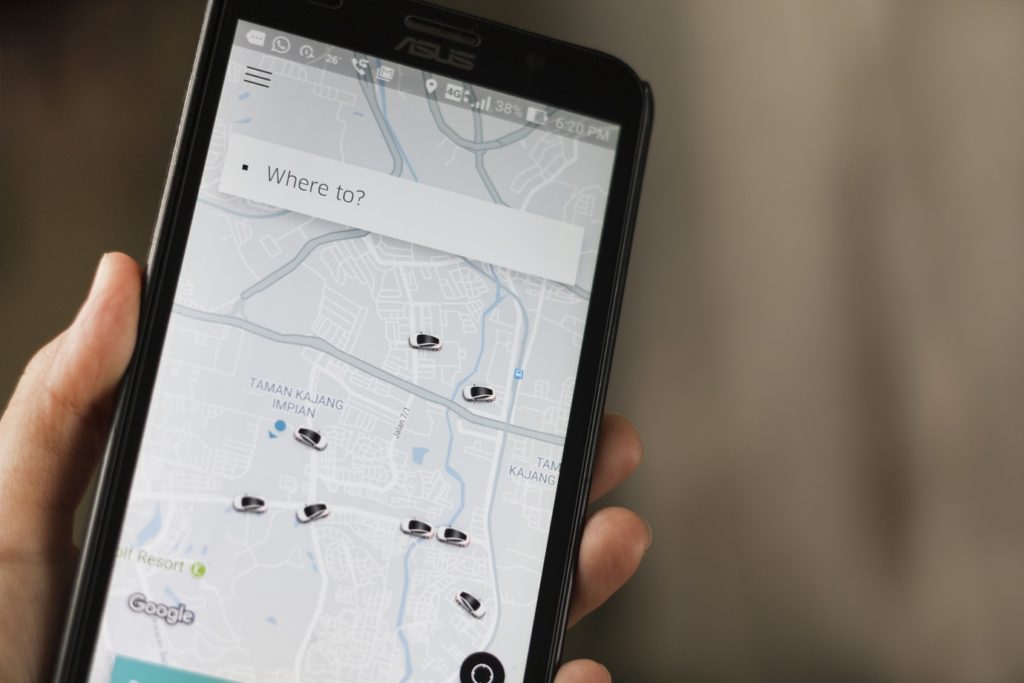
Source: supplied.
Uber has launched a new feature in Australia offering women and non-binary drivers the option to accept trip requests from women passengers only, if they choose.
The Women Rider Preference, announced on Wednesday, has been designed in to improve the safety and earning potential for women and non-binary drivers on its platform.
The in-app feature has already been implemented in Latin America, where 15 million trips have been undertaken with a 40 per cent increase in active female drivers in Mexico since its launch, in November 2020.
Uber Australia’s director of driver and marketplace Emma Foley says she hopes the feature provides drivers with greater peace of mind.
“Women that earn with the Uber app do so because it enables them to be their own boss, earn flexibly around their lifestyle and in some cases, support a side hustle,” Foley said.
“We hope to support women and non-binary driver-partners in amplifying their current earning hours, while unlocking barriers preventing Australian women and non-binary individuals from accessing flexible earnings that.”

Source: supplied
How does it work?
The feature works by allowing women and non-binary drivers to indicate a preference for picking up only women, and it is a feature that can be turned on and off as they choose. Uber said it hopes it will give drivers more confidence in optimum earning hours, especially at night.
Female and non-binary drivers will automatically have access to the feature.
Meanwhile, new research commissioned by Uber shows 70% of women would like to see more women as Uber drivers.
It also shows that eight in ten women are considering new ways to earn extra money, and 74% open to starting a side-hustle.
A massive 83% said they need more flexibility to achieve this, and 88% face barriers to starting their own side hustle.
“The Uber platform should reflect the diversity of the communities we operate in, including equitable gender representation among the driver-partner base,” Foley said.
“Women currently represent a small portion of driver-partners, but we hope, by supporting women and non-binary individuals in unlocking more earning opportunities, that this will increase over time.”
This article was first published by Women’s Agenda.
Handpicked for you

DoorDash, TWU sign industry-first agreement on gig economy principles, paving the way for further regulation

COMMENTS
SmartCompany is committed to hosting lively discussions. Help us keep the conversation useful, interesting and welcoming. We aim to publish comments quickly in the interest of promoting robust conversation, but we’re a small team and we deploy filters to protect against legal risk. Occasionally your comment may be held up while it is being reviewed, but we’re working as fast as we can to keep the conversation rolling.
The SmartCompany comment section is members-only content. Please subscribe to leave a comment.
The SmartCompany comment section is members-only content. Please login to leave a comment.